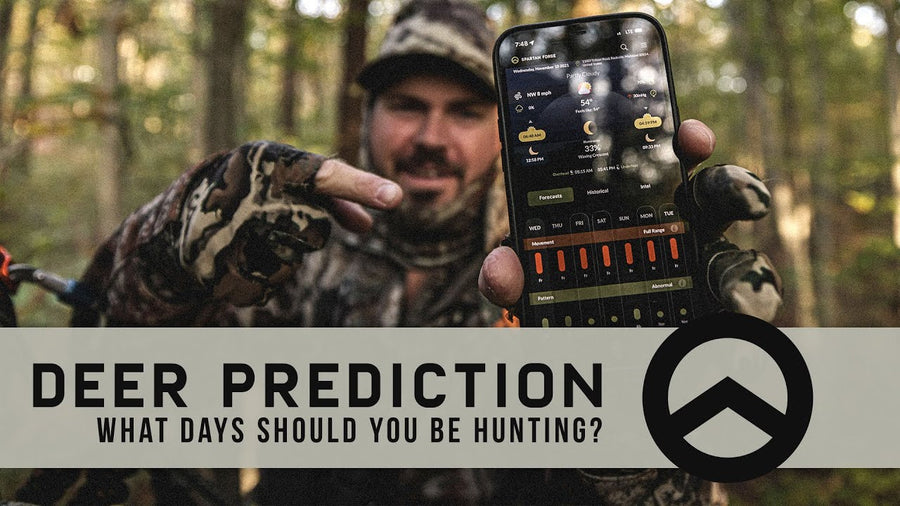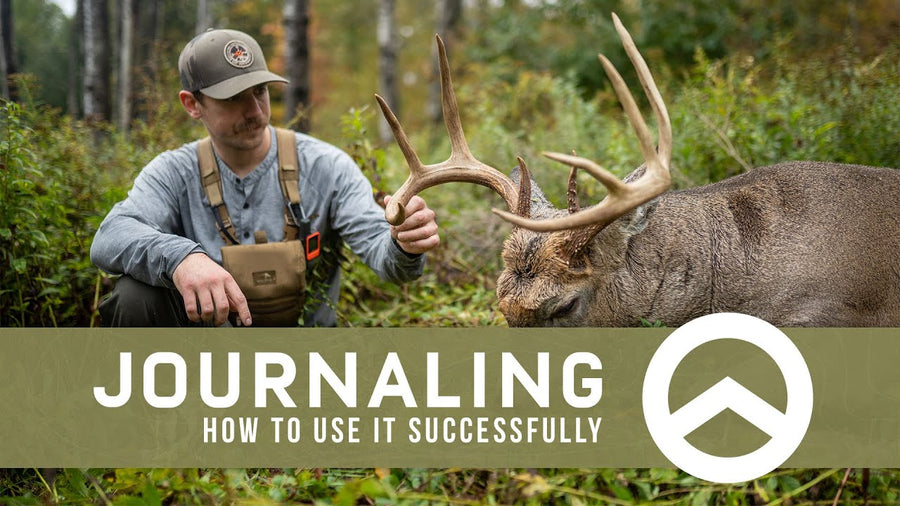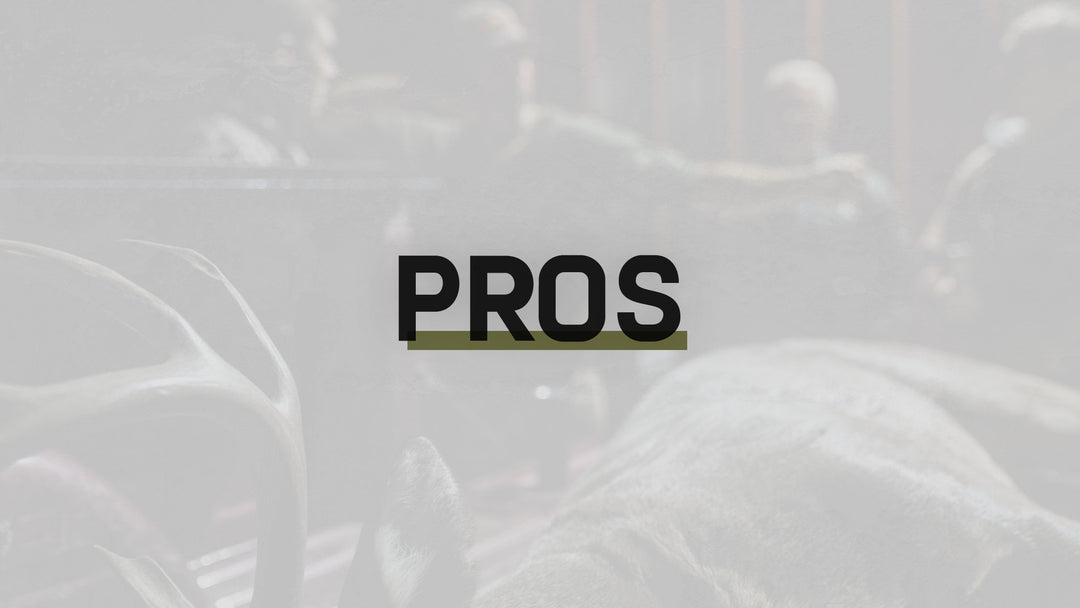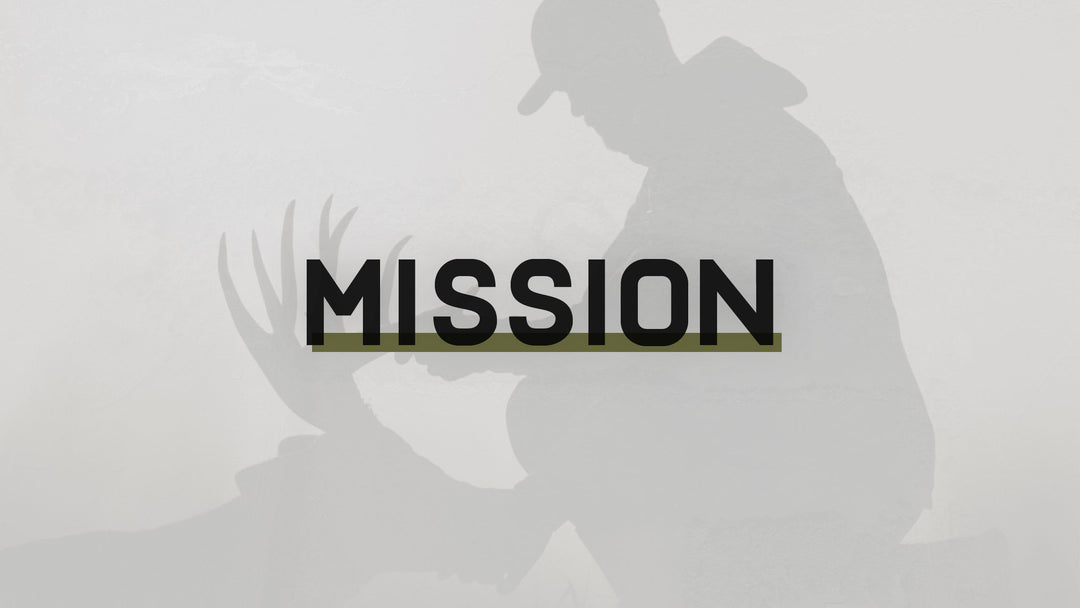Food and Thermal cover: The ticket for late season bucks.
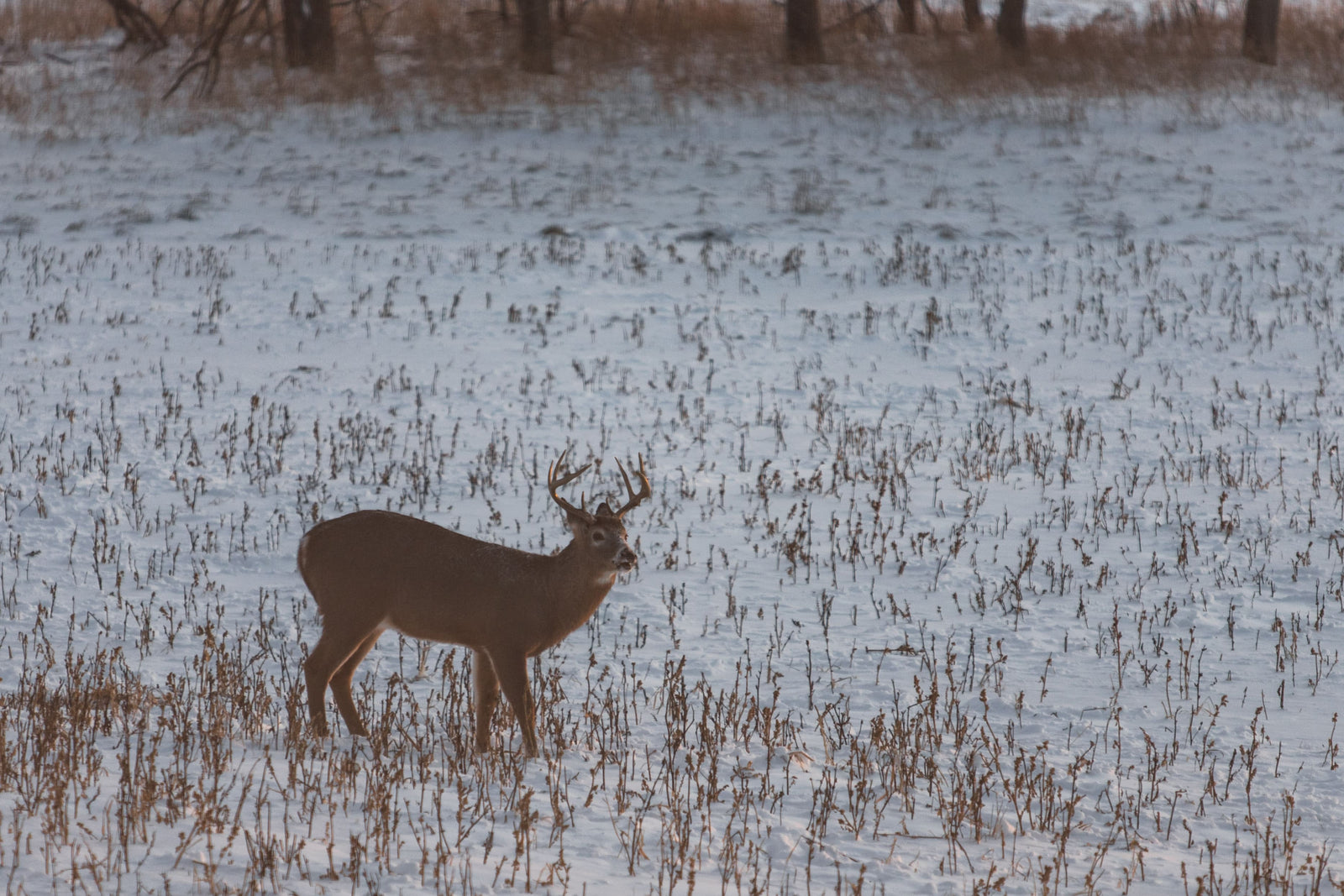
Late season hunting can be feast or famine, depending on your location or situation. If you have a nice piece of property with some good cover, food plots, and light pressure, you could be in for some of the best hunting of the entire season. For your average hunter, who is grinding it out on public land or at best average permission properties, it can be one of the most difficult times of the year to target a mature buck.
Late season is mostly about two things, food and thermal cover. If you have one without the other, you’re probably going to be in for some slow hunts. For thermal cover, I love areas with high stem count or terrain to block the wind and cold. Creek bottoms or marshes full of red osier dogwood, clear cuts, cedar thickets or good elevation changes in hill country where deer can shield themselves from the wind and cold are some of the more common areas here in the upper Midwest.
To go with the thermal cover you need a quality food source nearby. During the late season, quality food is a must if you want some decent hunting. There are varieties of late season food sources that could be a major draw depending on where you live. Here in the upper midwest, corn, soy beans, winter wheat, green briar and woody shrub tips are all good bets to target late season deer. Unpressured pockets are where you’ll find the mature bucks.
While food and cover are probably the two biggest pieces of the puzzle to have in place for a late season buck, you really need the weather to get them on their feet and feeding in daylight. After weeks of gun season, decreased foliage cover, the woods are bare and the deer are ultrasensitive to pressure.

In most cases, it’s best to hunt near or just off of the food sources and utilize major weather patterns that promote early feeding movement. Look for cold front weather patterns, especially the days following a cold front where the wind dies down, the temperature is cold and the barometric pressure is high. Extended days of brutally cold weather forces deer on their feet, so if you can tough out the elements you might find yourself in a great position to kill a good buck. Conversely, I also look for those warm up days. When it’s been brutally cold, windy nasty weather and then all of a sudden we get a nice warm snap. That really seems to stimulate movement and deer gravitate towards those green food sources if available.
Remember that deer are going to be extremely sensitive to pressure and visibility is high in the late season. Take the time to think out access routes that minimize alerting deer and try not to spook deer off of the food sources.
Whether you’re hunting some good private land with man-made food sources or grinding it out in a pressured area, the late season can be a great time to wrap your tag around a good buck. If you do your homework, hunt smart, and brave the cold, you might just end your season on a high note.
Article by Andy May
